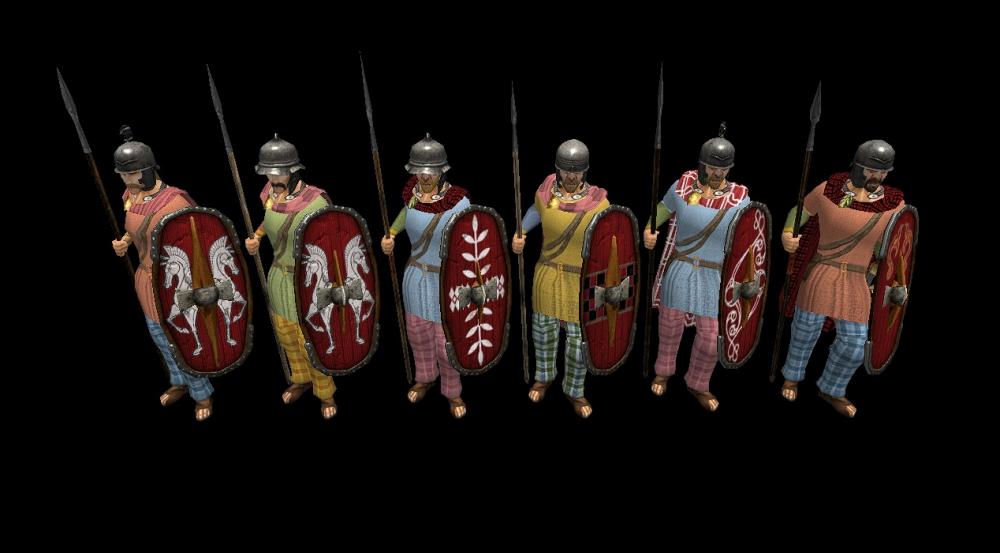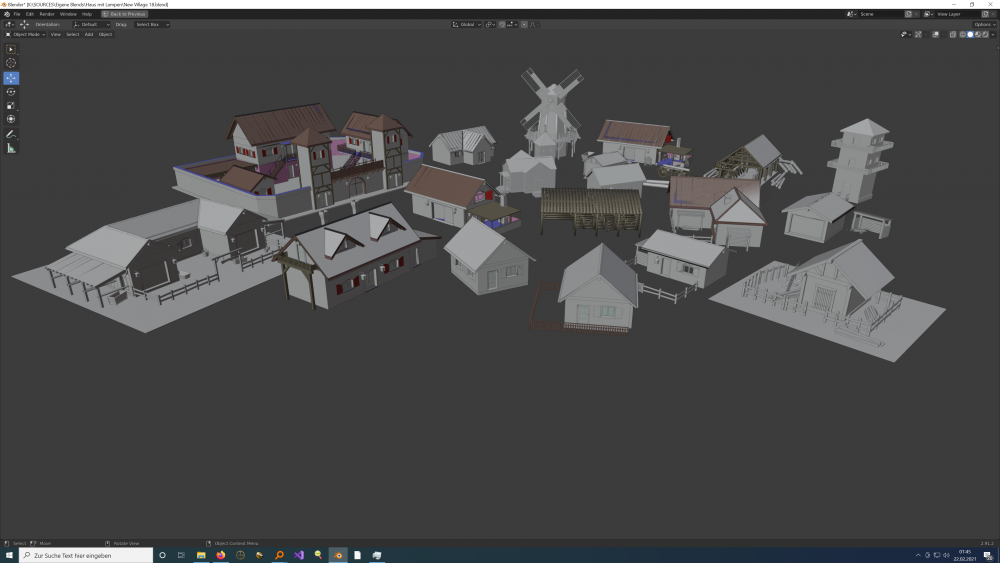Leaderboard
Popular Content
Showing content with the highest reputation on 2021-02-25 in all areas
-
Hello, I want to inaugurate this new A24 replay section by dumping a few of my multiplayer replays, showcasing the new unit balance and the increased diversity of units that can be reliably trained. I have a feeling sometimes players don't make use of all tools available to them. Champions, trade and siege (3v3).zip This teamgame showcases a lot of different unit types, but notably champions swordsmen, some champion archers, some trading, catapult+ballistas attack, and camel archer lategame composition on the other side. Roman sword cavalry champions (3v3).zip Features roman sword cavalry champions, quite a powerful unit. Cavalry and champions (3v3).zip Features sword infantry champions from Seleucids, cavalry compositions from mauryan and ibers (with a few firecav champions) Archer cavalry and roman champion cav (3v3).zip A teamgame that shows those 2 units in action. Valihrant (Koushites) vs Feldfeld (Mauryas).zip Small rush early game. Features town phase CC expansion, archers and elephant archers from Maurya, against archers and nuba skirmisher cavalry from Koushites Valihrant (Mauryas) vs Feldfeld (Macedonians).zip Features town phase CC expansion from macedonians. Skirmishers and champion infantry spearmen from mace against chariot archer champions from maur. Valihrant (Macedonians) vs Feldfeld (Athenians).zip Features a moderate early game rush. CC expansion from macedonians in the town to city phase transition. Gastraphetes from mace against slingers + ballistas from athenians. Feldfeld (Ptolemies) vs cl2488 (Ptolemies).zip Features mercenary swordsmen and mostly slingers against pikemen and slingers. StarAtt (Iberians) vs Feldfeld (Carthaginans).zip Features mercenary cavalry from Carthage. ElDragon (Kushites) vs Feldfeld (Carthaginans).zip Features village phase expansion from Carthage, with a composition of Sacred Band infantry supported by archers later. Archers and pikemen/spearmen from Kushites. You can download all replays bundled here: Feldfeld's replay dump.zip Hopefully that can address a few of the complaints I have read about the new version. For example, the diversity between civilizations has been reduced, yes, however keep in mind to compensate that the new balance between units should make some civilization specific strategies (eg. a unique champion, mercenaries) viable whereas it was not the case in A23 (which was notably a lot of slinger spam). About archers being OP: yes it is true that they have a very good accuracy, possibly making them OP, but they are less efficient than other ranged units against melee units (which have been improved in this version). Remeber there are other options than making citizen soldiers ranged units. Of course this doesn't mean we won't find OP units in the future. Champion melee cavalry look quite strong, champion archer cavalry maybe too.4 points
-
4 points
-
A very strange opinion for a historical RTS, imo. It's also empirically true that the vast majority of players aren't competitive multiplayers, but casual players who love to build walls for a variety of reasons. Anyway it's clear that the game's balance still needs some work, and that civilizations need to be diversified more, but as I understand, that was always in the works. Alpha 24 was just a first big, and necessary step towards addressing some longstanding gameplay issues, laying a foundation for future work. Also, the lobby isn't exactly an official discussion platform for game dev. I can understand it's a good place to get some quick feedback from competitive players, but if your serious about development, you should use either the forum or https://code.wildfiregames.com, so that whatever is discussed is archived and easily retrievable and reviewable. Lobby discussions are far too perishable, and probably too biased towards competitive play. I mean, I'd hate to wake up one day to a 0AD without walls because I missed some random lobby discussions. Just my two cents.3 points
-
3 points
-
2 points
-
Sound attenuates with distance like real life. The further you zoom out, the quieter things become. Pre-A24 this was not done; 0 A.D. behaved like a 2D game, with all sounds of equal loudness no matter where they were on the screen. This was a basic flaw with 0 A.D. which meant that at far zoom, people mining on the other side of the map would be audible at 100% volume. Not only was this acoustically completely wrong, it caused sound to be extremely cluttered, with a sheer overload of equally loud sounds. You hear mining, but is it the miners right in front of you, or the miners on the other side of the map? Is it the tower in front of you shooting arrows or the enemy TC 1000m away? Now sounds at the top of the screen which are more distant will sound more distant and quieter, which creates a clean and enjoyable separation. The distance attenuation we are using is a fraction of real life, so sounds are audible much further away than they would be in real life, but it is still audible at normal zooms. [[Edit- A quick aside: we could redo the sound attenuation so it attenuates sounds farther from the camera more than closer by the same amount regardless of camera height, meaning the overall sound level would be the same regardless of zoom, but this isn't something we've discussed or explored yet, so I have no idea how good or bad this would be; just a thought.]] Now, I should note we are still working to balance the sounds a bit. There was a major audio bug where certain sounds where playing several duplicate times, which causes them to become greatly amplified (and massively wasted sound channels). This has been fixed, but as a result the balance of audio from before was completely broken. I spent a few hours tweaking sounds to be closer to a good balance, but it will need more work, and that is what a25 and the SoundsMod project is for. My goal with a24 was just to fix the most outdated or flawed sounds and then try to get the balance of sounds at least reasonable, even if not perfect, and I accept that there are sounds that are not quite balanced right yet. One other result is that battles will have a much larger dynamic range. Before the sounds would run out of channels so they would self-limit with more than ~50-60 combatants. Now each unit on each attack should only use one sound so larger battles should be even louder. Here are the old battle sounds, with the same fixed audio engine (i.e. what 0 A.D. would sound like if we kept the sounds the same): Now here are the new battle sounds: Not only are the new sounds to me audibly louder overall, they are also much clearer and less muffled without being irritating. If you want a battle to be immersive, zoom in a bit! Battles cannot be immersive at 500 m... that would be silly. You would not expect a concert to be immersive if you sit in the very back row... you would not expect a TV to be immersive if you're sitting two rooms away. When you play a city builder, you would not expect to hear people chatting on the streets when you zoom out 100's of meters, so I don't get why you expect a battle to be immersive if you zoom out a bunch here... The bow sounds are the same volume as other games, compared to their combat sounds. I compared the sounds to original AoE I-III, the AoE DE's, and a number of my favorite, more obscure historical RTS (Celtic Kings TPW, Empire Earth, Cossacks, etc.) and found that the bow sounds are appropriately less loud than melee weapon sounds. Many games have even quieter bows (like AoE III as Stan said, as well as AoM, which accurately depicts bow impacts as louder than bow shots), while others are about on par with these. In real life, bows are almost silent. They are designed that way intentionally and have been since their invention, because it is a hunting tool first and weapon second. We already are massively exaggerating the sound of bows to make it appeal to the Hollywood idea that bows make some massive whoosh when you fire them, and of course to make it easy to hear them when enemies are attacking which is an essential gameplay mechanic of the sound. I hope this answers some of the questions you have had about the sounds. They are still a work in progress, but the whole point is to improve them. Feedback is definitely welcome but we also have to make sure we are designing the sound without holding onto existing conceptions. It is easy to become stuck in Confirmation Bias, where the more familiar seems better, even when objectively it may not be.2 points
-
Remember also that most are probably not taking use of loom (that is now only a 100 food) and the fact that on phase 2 you can take melee resistance upgrade for low cost. People need to be less alarmist of balance 'issues' until the meta has stabilized, especially on a small low competitive community.2 points
-
This is an alpha release (after 2 years), not a monthly gameplay patch for a Gold-released AAA game. Expect large changes.2 points
-
As for unit production, some training times have been tweaked, yes, but not everything is slower; e.g. citizen cavalry went from 15 s to 16 s, but champion cavalry from 30 s to 27 s, reducing the gap between citizens and champions a bit, to make champions a more viable option. As for unit movement, cavalry has been slowed down a bit, but not everything moves slower; the base speed remains the same (9), traders and female workers are unchanged, rams are a bit slower (8.1→7.2), but infantry spearmen (8.1→9) and pikemen (7.2→8.1) are a bit faster. Nevertheless, the game certainly does feel slower. I suspect it's primarily because unit rotation rates have been changed to discourage “dancing”; see D2837 for more details; D3274 softened it a bit. Each civic centre already gives 20 population. Sure, one could give e.g. a further +5. Or just give Britons an extra house at game start. Or merge the farmstead and house for them. Or something else .2 points
-
I am overall not a fan of A24. I like a lot of the balancing changes, but the game overall isn't as enjoyable. Things I don't like The game moves much, much slower. Part of this is because unit production is way slower. Part of this is because units actually move slower. I do not see the need for either of these and both make gameplay considerably longer. Because of slower unit movements, defensive buildings are much, much stronger. This makes fighting under any defensive buildings unsustainable for more than a few seconds. As a result, turtling is encouraged and fighting is discouraged. This is inherently less fun and more simcity. Because turtling is encouraged, it seems like every tg ends in massive siege spam. Sitting back and passively spamming siege to destroy buildings isn't much fun. Civs are too similar now. They all seem interchangeable with the only differences being that some civs are more limited. What is the difference between ptol and rome/gauls/brits besides ptol having many more types of units and buildings? What can mace do that rome can't? It was more fun when there were things like celt building pop bonuses, free ptol houses, and easy spam siege for mace. There are other smaller changes that I don't like. For example, eliminating outposts vision is very frustrating in TGs where it is easy to sneak attack someone. This is made especially frustrating by the fact that capture rates were buffed. Also, I don't like how stone upgrades now cost wood. Before you would do eco tradeoffs between when balancing food/wood. Now, all eco upgrades rely on wood and metal. Things I like Overall, soldiers are much better balanced. For example, I like that archer civs are no longer useless. And, I like that champs are integrated more. Both of these were overdue and I welcome the changes. We eliminated dancing. This has introduced some weird animations but overall it is a huge upgrade. There are some other smaller changes that I like. For example, I like how military upgrades now work.2 points
-
As nani suggested i tried running a24 on wine (on linux mint). It doesnt work for me and if i understand correctly it is because im missing a whole bunch of .dll files. just thought to let you know in case someone was wondering =) I might go and buy some wine to pass the time while waiting for repository update though so in a way nanis proposition maybe will work2 points
-
2 points
-
Everybody whines when alphas change significantly but players always adapt and learn to like it. Many people paved the way in a24 for future balancing with more frequent releases. We are lucky this time borg and nescio hear our cries about balancing2 points
-
this is called market normalization. Now we can go for rush op again in a25. eae.2 points
-
Religion is a matter of belief and rites, understood as a system of thoughts, of practices which found religious institutions and determine the function they perform in society. The relatively recent development of protohistoric archeology, in France as in most countries of Europe, has brought out from the subsoil an important body of documentation that simply did not exist 50 years ago. It will thus be difficult to find, in the sum of works and articles which were devoted to the religion of the Celts until the beginning of the 1990s, the slightest trace of sanctuaries, war trophies, sacrifices and banquets which founded and today structure our knowledge of religious practice in Gaul. The excavations at Gournay-sur-Aronde and Ribemont-sur-Ancre were revolutions in our perception of the religion of the ancient Celts. Many other places of worship and shrines have enriched our understanding of their society since then, but these two particular cases remain unique. Gournay-sur-Aronde is the better known and also the more presentable of these two examples. I will therefore present Ribemont-sur-Ancre first because it is really very interesting and fascinating. Ribemont-sur-Ancre (Somme department, Picardy, northern France) is significant because it reveals the existence of a forgotten battle, which was held in the middle of the 3rd century BC. Since the first exploration works done by archaeologists in 1966, Gallic weapons have been brought to light at the place of what was later recognised as a great monumental temple. They were then interpreted as burial remains later upset by the builders of the temple. We will see further that the encounter of Gallic objects and Gallo-Roman remnants on the same place is not due to coincidence but illustrates the story of a site used for nearly seven centuries. The discovery in 1982 of a strange set of human bones aroused more attention among archaeologists. It was composed of 2,000 bones coming from superior and inferior limbs which had been carefully lined up and crossed to form a kind of cube around a cylindrical cavity which contained burned splinters of human bone. It turned out that such a set had nothing to do with a funeral. More extensive research needed to be done. The bones found in 1982 Fifteen years of excavation were devoted to the study of these Iron Age levels. The topographical context provides interesting information. The place where the foundations of the great Gallo-Roman temple and Gallic remains were found is located in the valley of the river Ancre which flows into the river Somme about 15 km away. Its precise location is on a little hillock on the edge of the plateau. However, it is not situated at its top but slightly lower, on a slight slope which overlooks the valley. This area is actually an alluvial plain, perfectly flat and measuring 500 to 600 hectares. The Gallic site of Ribemont-sur-Ancre, later reoccupied by the great Gallo-Roman temple and its sacred surrounding wall, is located on the upper part, whereas the rest of the Gallo-Roman sanctuary (amphitheatre, thermal baths, residential area) go down in the valley to the river. This was the main motive for a careful archaeological survey of the place threatened by nearby construction projects. The Gallo-Roman temple The Gallo-Roman cult complex The site survey revealed the presence older enclosures nearby dating from the La Tène period, an Iron Age period in relation to the Gauls. Excavation revealed a very well-structured set of three enclosures which appears in the form of ditches and walls made of wood and cob. It is one of the characteristics of built areas in northern Gaul to be organized in such a manner. Agricultural domains, burial sites and fortified places are always quadrangular spaces bounded by more or less imposing ditches whose size corresponds to the nature of the built area. Circular enclosures are rarely found in the Middle and Late La Tène period. The three enclosures from the Iron Age These three enclosures differ architecturally. The square enclosure is bounded by an impressive ditch more than 2 m deep, remaining open, which is not doubled by a fence or a wall. The great trapezoidal enclosure consists of a wall made of wood and cob on which leans a portico on the inner side. The portico is composed of a roof resting on the wall and on posts in the front. The circular enclosure has the shape of a tower, closed by a thick wooden wall covered with cob, more than 6 m high. Inside these three spaces there was no building strictly speaking. But deposits of human bones and weapons allow us to imagine what the function of each of these spaces actually was. The quadrangular enclosure is just like one of the Gallic sanctuaries such as Gournay-sur-Aronde which were brought to light with accuracy for the first time in Picardy. It has the same plan and the same dimensions. The interior space is occupied by what seems to be a sacred wood, a grove about 20 metres wide. But it differs from it on important points: there is no altar in the shape of a large pit in the centre of the space, as it is always the case in sanctuaries. Here at Ribemont there are four altars of a different aspect located in each angle of the enclosure. These constructions were made of long human bones, forming something that looks like copings around little cylindrical wells. Of the four corners of the sacred space, only two were sufficiently preserved. In the eastern part, those who carried out the excavations unearthed a large pile of human bones, but in no recognizable order. But in the northern part they found what they called "the ossuary": an altar built of human bones - tibias, thighbones and humerus for the most part - measuring ~1.6 m on each side and with a height still preserved of 0.70 m. In the center of the altar was a hole, narrow and deep, which was filled with tiny pieces of burnt bone. This is the 2000 human long bones found in 1982, they were used for this construction. The rectangular enclosure is not closed by a thick wall isolating it from the secular world as sanctuaries usually are. Instead, there are strange constructions on the outer edge of the pit, on three sides: north, east and south. They are long wooden slatted cases (50 m long, 4 m wide and around 1.5 m high). They were full of human remains and weapons, set down with no apparent order. Finally, there is no monumental porch opening to the east: on the eastern side, common to the two quadrangular enclosures, the portico of the trapezoidal enclosure is used as a propylaeum. So it is certainly a sacred enclosure but it does not have the characteristic of sanctuaries. The lack of animal bones proves that sacrifices of domestic animals were not made. Reconstitution of a corner of the quadrangular enclosure with the ossuary Another reconstitution of the ossuary The mass grave, which is located in the eastern part of the quadrangular enclosure, is a deposit of 20,000 human bones that belong to more than 120 individuals, all male, young and rather tall. 300 pieces of weapons accompany them. The vast majority of the bones were found outside the enclosure, but some also on the other side of the ditch. But the skeletons, although found partially in anatomical order, were not complete. Many of the long bones were missing, and especially the skulls were missing. In this situation, one thinks of a process as follows: First, a crowd of beheaded warriors with their weapons were exposed on a platform elevated above the ditch. After their dismemberment, their long bones were used to erect the altars. The bones of the body were broken and burnt and finally put in the hole in the middle of the altar. Interpretation of the platform as a trophy and its degradation The trapezoidal enclosure, with the exception of the circular structure which is in its centre, revealed far fewer extensive archaeological remnants. They are also of a different nature. They are essentially animal bones, leftovers of food, and a few iron weapons discovered in a bad state of preservation. These remains were lying on the ground surface and therefore were badly preserved. They have to be related to the construction at the location where they were discovered. Porticos surrounding the wide space of the enclosure probably hosted men who shared meals. Such enclosures, significantly larger than the sanctuaries, were repeatedly discovered in the north and centre of the Gaul, and have the same characteristics. The circular construction in the centre of the previous space is the most unusual: in the Early La Tène period, the circular plan, used previously in necropolises, was no longer used. This laying out is strikingly monumental. It is a totally closed yard with an opening in the form of a small door made in the enclosure wall. The wall in wooden posts, covered with wattle and cob, was likely to be 6 m high. It was covered by a coat of clay, thinly smoothed and adorned with engravings. The interior of the space was almost empty. The remains of a paving made of sheets of flint were found there and, above all, a gigantic ditch, in every respect similar to hollow altars of sanctuaries. It contained extensive archaeological material: human remains of about 30 people, animal remains, ceramics and iron weapons. Similar material was found in the ditch of the foundations of the wall, where it was spilled, once the construction had been entirely and carefully taken down. The plan of the enclosure, as well as the material which was found in it, leads us to think that it had a funeral function. Reconstitution of the three enclosures in the landscape (not all elements are visible) This architectural complex at Ribemont is, at the present time, unique in the archaeological literature. It shows undeniable similarity with a well-identified laying out, composed of a sanctuary, an enclosure for banquets and a funeral enclosure. In spite of that, its general function is not obvious. We have to question the very specific archaeological material which was found there. It is composed, for the most part, of human remains (23,000 bones) and iron components (around 10,000) coming from weapons, elements of harness and of chariots. Animal bones and pieces of ceramics are much rarer than on any other contemporary site. They cannot be found anywhere in certain areas of the site. For example, in the square enclosure and at its periphery hardly any ceramics were found, and the animal bones are remains of horses which were treated in the same way as human bones. Both the nature and the dating of the metallic remnants show great homogeneity and coherence. Most of them are objects which date back to the Middle La Tène period. However, in the trapezoidal enclosure there were more recent objects (Late La Tène period) close to older finds. The state of the weapons is also significant. Generally, they do not present mutilations specific to offerings that can be observed in sanctuaries: they were not ritually bent or twisted. But they show traces of blows, undeniably caused by use, or during the battle in this case. The study of human bones gives even clearer information. All the remains belong exclusively to male individuals, more specifically young adults. Their size is rather tall as it corresponds to that of our contemporaries. At least 508 individuals have been determined, but the original number would have been much higher. Indeed, most human remains were not discovered in the form of entire skeletons but in fragments: chests, pelvises, limbs, hands, feet, necks, a lot of bones scattered here and there. No cranium was discovered. The cervical vertebrae discovered show that the heads were systematically cut off with a knife from the corpse not yet fully decomposed. An important number of bones bear marks of blows of different natures. These marks can be classified in two categories: those which were indubitably caused during a fight (blows of swords, impacts of spearheads, essentially) and those which are attributable to post-mortem dismemberment. There is no doubt that we are dealing with a warlike population. A selected human sample appears: young male adults, rather tall for that era, of strong constitution and well-fed. Not only were these men gathered together to make war, but it seems that it was their primary occupation: they were fed and supported for that and they didn’t have to achieve difficult tasks in the fields or in the craft industry. The weapons that were discovered near these warriors (sometimes still in a functional position on the remnants of the corpses) show they were actually used once. No attempt was made to repair them, which would have been possible. They also tell us the approximate time in which they were in use, around 260–250 BC. A few weapons from Ribemont-sur-Ancre The presence on the same place of such a large quantity of human remains and weapons can only be explained by a warlike event of a huge importance. What is striking is that the floor levels of the exterior border of the sacred enclosure which brought to light the large majority of these remains were preserved only on one tenth of their initial surface. Therefore, the number of human bones and weapons should be multiplied by eight or ten to have a better idea of the initial quantity of these remains. Consequently, the number of combatants could have included several thousands. This raises several questions: Where did this battle occur? Who were the belligerents? What were the causes for the conflict? The question of the localisation of the battlefield has been left unanswered up to now. But there are some elements. The first clues are given by the human remains. Their high quantity and above all the relatively well-preserved anatomical connection between the bones suggests that they could not have been carried over a long distance. Feet and hands still had their phalanxes, rib cages were still in place. Environmental studies carried out on the deposits of human bones and weapons tell us that the event occurred in the warm season, probably in summer (after the beginning of the harvest), at a time of the year when corpses could not be easily preserved. Remains of weapons and other accessories lead to the same conclusion: they were probably not moved over a long distance. The most realistic hypothesis is that the battle took place at the foot of the installations intended to commemorate it, i.e. on the vast alluvial plain lining the river Ancre on the west side. There, it was possible to develop a great battle front and above all to use fight chariots, hard to handle on an irregular ground with heavy slopes and on a muddy ground. The particularities of the sacred enclosure suggest that a part of its layout (the sacred wooded area) must have had a role in the way the winners conceived the battle. From this place it was possible to watch the fights, and they could imagine that gods protecting the people were settled down for a moment in the existing copse around which the sacred enclosure was built. The identity of the two opponents is revealed by the history of the place and by elements of the archaeological material. The great architectural complex built on the slope of the Ancre’s valley was intended to celebrate a victory which took place at the site itself, or very close to it. If the victors were not on their own territory, if they were invaders or if they got into their neighbours’ lands for a punitive war or a plundering operation, they would have been content with the building of a simple tropaion (a heap of weapons or a symbolic ephemeral building). The complete opposite occurred: a monumental and lasting building marked the place. Furthermore, it was regularly visited until the Roman conquest. So we can deduce that the very inhabitants of the place decided to erect this tropaion to commemorate the defence of their own territory. The name of this people is known thanks to Julius Caesar: they were called the Ambiani (Caesar, BG 2, 15, 2). This name was later given to the civitas which, in the 1st century BC, occupied the region whose centre was marked by the Somme valley. Thus the victors of this forgotten battle were the Ambiani themselves, or their ancestors, before they got this name. They may have formed a particular pagus of this civitas. A Gallo-Roman inscription discovered in front of the great Gallo-Roman temple of Ribemont mentions the name of the local population, although only the ending of the name – viciens – remains. The identity of their opponents is given by several gold coins. They were found among the remains amassed around the sacred space. These coins are all half staters or quarters of staters imitating the stater of Philipp II of Macedonia. Their origin is set in the west of France, in the region where the Aulerci Cenomani are said to have lived. So they prove that the defeated were strangers who had travelled 300 km to the northeast. It is obviously more difficult to ascertain the reasons which triggered the conflict. Nevertheless, a few pieces of historical information lead us to form a hypothesis. Caesar, on the basis of some information provided by the Remi, writes that the Belgae, a population which includes the Ambiani, came from Germanic territory and settled down in northern Gaul “antiquitus”, “in times past”, that is to say at a time previous to one that cannot be fixed precisely by human memory, thus two or three centuries before (Caesar, BG 2, 4, 1). Archaeological research confirms population movements in this area between the 5th and the 2nd centuries BC but on lesser distances than those suggested in Caesar’s text. It seems that these peoples stopped off during rather long periods, and that the first Belgic populations settled in the southernmost regions, as far as the Ile-de-France, while the last peoples had to content themselves with the northern regions. So the Ambiani may have arrived at the end of the 4th century BC or at the beginning of the 3rd century BC. That is also suggested by the pottery found in the circular building. It differs radically from the contemporary ceramics found farther south, for example among the Bellovaci, and presents, on the contrary, huge similarities with finds from the north and in particular from Belgium. It can be argued that the coming of a new population along the Channel and on each side of the river Somme, which was one of the commercial ways linking up the British Isles to the centre of the Gaul, overturned the political and economic balances of western Gaul. The Veneti and their Armorican allies had carried out commercial exchanges across the Channel for a long time. The coming of Belgae, many of whom had crossed the Channel to settle down in southern Britain, probably worked against the interest of the Armorican peoples. The high number of combatants excludes in any case the idea that it could have been a simple settling of scores on minor issues. Armoricans lost more than 500 of their men, or, in all likelihood, many more. The Ambiani, on their side, had to deplore only about 30 (minimum number identified) or, at the very most, about 50 dead. This ratio, which seems out of all proportion, is usual in antique battles. It seems that the army which was the first to surrender endured the biggest losses during the fight. It is possible that a large number of prisoners were added to the dead. For the Gauls the fight was similar to an ordeal or a sacrifice given to their gods. All the remains returned to them. The battlefield was carefully cleared of all that was lying on its surface. That is one of the main reasons for the difficulty in identifying the places of the battles of the last centuries BC, and this is exactly what Livy and Posidonius relate: The Gauls began systematically to cut off their enemies’ heads. It was the first gesture they carried out at the end of the battle (Livy, History of Rome, 23, 24; Diodorus Siculus, Historical Library, 5, 29, 4). According to Posidonius, it is likely that warriors, during the battle, proceeded to this gesture, at the risk of being killed by their enemies. The discoveries made at Ribemont confirm the technique of cutting off the heads described by these authors. All the heads were carefully cut off with a knife by those who were brave enough to become their owners. According to Livy, this operation took a long time: in the case held up as an example, it required a complete day. It was only later that the rest of the remains (acephalous corpses, weapons, horses and chariots) were collected. But that could not be done immediately. First, the place where these remains would be ultimately consecrated had to be carefully arranged. Meanwhile, it is possible that human remains and horse remains were gathered on the spot, so as to be protected by tarpaulin. Vultures and crows, since the beginning of the battle, had been watching out for their prey. Yet, the summer heat sped up their decomposition. If the bloody corpses – most often bearing wide open wounds – would had been attacked in addition by birds of prey, dogs and foxes, they would not have been transportable. As stated earlier, it was urgent to arrange the place that was to receive all the remains of the battlefield. Maybe this was done even before the beginning of the battle. The choice was a little wood in the middle of pastures and cultivated fields. The Ambiani army may have decided to settle down there to wait for the enemy. In any case, they had to draw the sacred space around this little wood before the time of the confrontation, maybe to accomplish a first religious ceremony in honour of the gods, so that they might give their support to the warriors. Indeed, the ditch surrounding the sacred space and the four cylindrical cavities had time to fill in lightly before the remains reached the place. It was necessary to build the repositories for the battle remains as quickly as possible. They were of two sorts: the first would receive the remains of the defeated enemies and the others those of the warriors of the victors. In the first case, long cases which were erected on the exterior side of the sacred enclosure. As they were not real victims sacrificed especially for the gods in their sanctuary, they were exposed outside the sacred space, exactly like the offerings that can be seen in contemporary Gallic sanctuaries, hanging on their walls outwardly. In this case, the quantity of the remains was so important that they actually constituted the enclosure of this space: there was no wall, but only boxes that marked the contours of the place. The remains of the Ambiani warriors deserved another treatment: they were the bodies of real heroes whose funerary treatment should match their status. That’s why the enclosure where they were to be deposited adopted a circular plan. Thanks to the poet Silius Italicus, we know that Gauls believed that the souls of warriors killed on the battlefield joined directly the celestial heaven if their bodies were eaten by scavenger birds (Silius Italicus, Punica, 3, 340–343). So this operation had to be done quickly and in the best conditions. This explains the very strange shape of the enclosure, the form of a high tower totally closed to the men and the terrestrial animals. It is plausible that the bodies of the 30 or 40 heroes that were carried to the place were set down in the enclosure on the paving, exposed to be eaten by birds and other animals. They were probably left in this state for a few weeks, until there was nothing left but bleached bones. The distribution of weapons and metal furniture in the charnier constituting the sacred trophy1 point
-
-Posible símbolo de facción ; Chacana (cruz andina) ------------------------------------------------------------------------------------------------------------------------------------------------------------------------------------------------------------------------------------------------------ Líderes; -Sinchi Roca (1230-1260) -LLoque Yupanqui (1260-1290) -Mayta Cápac (1290-1320) -Cápac Yupanqui (1320-1350) -Inca Roca ( 1350-1380) -Yahuar Huácac (1380-1410) -Huiracocha (1410- 1438) -Pachacutec (1438-1471) -Túpac Yupanqui (1471-1493) -Huayna Cápac (1493-1525) -Huascar (1525-1532) -Atahualpa ( 1532-1533) -Túpac Huallpa (1533-1536) -Manco Inca Yupanqui (1537-1544) -Sayri Túpac (1545-1558) -Titu Cusi Yupanqui (1558-1570) -Túpac Amaru (1570-1572) ------------------------------------------------------------------------------------------------------------------------------------------------------------------------------------------------------------------------------------------- Posibles edificios;(21) (necesita revisión) Edificios comunes;(15) 1)-Centro Cívico ;---------------------------( Qhapax wasi ) 2)-Casa ;--------------------------------------(Wasi) 3)-Almacén;---------------------------------(Churana wasi) 4)-Granja(Alquería);-----------------------(Pirwa) 5)-Corral;-------------------------------------(Kancha) 6)-Torre defensiva ;------------------------(Pucara jark'akuy ) 7)-Herrería;----------------------------------(Nina Wasi) 8)-Templo;-----------------------------------(Qhapana) 9)-Muralla;-----------------------------------(Qincha) 10)-Huerto;----------------------------------(Mayqa) 11)-Mercado;--------------------------------(Khatu) 12)-Puerto marítimo;-----------------------( Quchapata wasi) -Puerto fluvial;-------------------------------(Mayupata wasi) 13)-Fortaleza;--------------------------------(Pukara) 14)-Cuartel;-----------------------------------(Awaqanakuy wasi) 15)-Maravilla;--------------------------------(Coricancha) Edificios especiales;(6) 1)-Centro de enseñanza;-------------------(Yachayhuasi) 2)-Colegios femeninos;---------------------(Acllahausi) 3)-Posada;-------------------------------------(Callancas) 4)-Depósitos;---------------------------------(Collca) 5)-Comuna;------------------------------------(Ayllu) 6)-Calendario astrológico;------------------(intiwatana) -------------------------------------------------------------------------------------------------------------------------------------------------------------------------------------------------------------------------------------- Posibles unidades;(27) (necesita revisión) Infantería ligera; (6) (Fase 1 -cacicazgo-incas del Cuzco) (tropas incas) (Centro cívico-cuarteles) 1)-Guerrero inca con lanza;--------------------------------------(Auca Runa apay Suchuc Chuqui). 2)-Guerrero inca con Honda;------------------------------------(Auca Runa apay Huaraca). 3)-Guerrero inca con hacha;-------------------------------------(Auca Runa apay Chictana). 4)-Guerrero inca con javalina;-----------------------------------(Auca Runa apay Antañauichi ). 5)-Guerrero inca con lanza extra larga;------------------------(Auca Runa apay Turpuna). 6)-Guerrero inca con boleadoras arrojadiza(3 cabezas);----(Auca Runa apay Liwi). infantería ligera;(6) (Fase 3- Tahuantinsuyo-) (tribus integradas al imperio) (Ayllu-Callancas) 1/7)-Wisa Picunche;-------------(Guerrero Colla- con boleadoras de 2 cabezas o "chumé "). 2/8)-Wisa Cañari;------------------(Guerrero Cañari-con lanza mediana y emplumada o "ilaka"). 3/9)-Wisa Chincha;---------------(Guerrero Chincha-con maza de cuerda de 1 cabeza "Liwi"). 4/10)-Wisa Chimú;---------------(Guerrero Chimú-con mazo muy largo o "Huactana"). 5/11)-Wisa Machigüenga;-------(Guerrero Machigüenga-con arco y flechas o "Huacachina"). 6/12)-Wisa Charca;---------------(Guerrero Charca-con macana o "Chambi"). Unidades de Héroes;(3) (Fase 3) (Fortaleza) 1)-Pachacútec . 2)-Túpac Yupanqui . 3)-Huayna Cápac . Unidades Marítimas ;(3) (Fase 2- etapa de expansionismo inca-) (Puerto) 1)-Balsa pesquera ;------------------(Wampu chawaq) 2)-Balsa mercante ;------------------(Wampu qhatuxkuna) 3)-Balsa de guerra;-------------------(Wampu awqatinkuy) Infantería pesada;(3) (fase 2) (cuarteles) 1)-Teniente;------------------(Piccka Chunka Kamayuk) 2)-Centurión;----------------(Pachac Kamayuk) 3)-Jefe de Batallón;----------(Guaranga Kamayuk) Infantería campeona;(3) (fase 3) (Fortaleza) 1)-General de brigada;----------------(Hatun apu) 2)-General de división ;---------------(Apusqui randin) 3)-General del ejército;---------------(Apusquipay) Unidades civiles; (3) (fase 1) (Ayllu-Casas-Centro Cívico) 1)-Mujer;--------------------------(Warmi) (fase 2) (templo) 1/2)-Sacerdote;-------------------(Amauta) (fase 2) (mercado) 1/3)-Mercader;-------------------(qhatuqkuna) ------------------------------------------------------------------------------------------------------------------------------------------------------------------------------------------------------------------------------------------------------ Bonificaciones posibles ; -Bonificación de facción; 1)"Ayllu" o comuna (edificios que se pueden construir en territorio neutral además de que reproduce gratuitamente unidades aleatorias de infantería de bajo rango cada cierto tiempo) 2)Afiliación ética ( las unidades de la misma etnia luchan mejor juntas) 3) "Yanaconas" o siervos( Las unidades vencidas por las unidades de los héroes se convierten a tu bando en unidades de infantería ligera inca ) - Bonificación de equipo; 1)Espionaje(sobornar a los mercaderes es más barato) 2)"Ayni" o Ayuda mutua (capacidad de que tus unidades depositen recuros en los edificios de los aliados) 3) "Chasquis" o mensajeros/corredores ( el envío de tributos es más barato) -Tecnologías especiales; 1)"Collcas"o depósitos ( se pueden construir en territorio neutral y son estructuras en las que puedes depositar todos los recursos , tanto madera , piedra , alimento o metal ) 2)"Mita" o trabajos estatales ( edificios básicos como casas , almacenes ,huertos , corrales o granjas-alquería , son más baratos) 3)"Chunka" o trabajos de emergencias ( las unidades de infantería campeonas y pesadas también pueden reparar edificios , solo reparar y no construir)1 point
-
hi guys. i wanna say some reason that why alpha 24 is not good. 1- sound is not good. when u fight u even cant feel it because action sound is hard to hear even if u put it to max from settings. a23 had very nice sounds i have no idea why devs changed it. 2- there r low differences between civs now and its not interesting. in fact if civs r almost same the game will be boring. in a23 there r enough differences between civs. 3- economy of a24 is terrible. a23 had much better economy. why devs changed it ? in a24 its hard to reach 200 pop and u r always run out of wood. 4- a24 is less realistic. for example how possible catas and rams cant atatck soldiors ? its really boring. and how possible bowmen r able to destroy catas and bolts ? 5- the game is still laggy. i even think lag in a24 is more than lag in a23. its why many players prefer to host 3v3 games and avoid 4v4 games. 6- in a24 u r less able to rush. no rush no fun. rushing makes games more realistic and thriller. i think a23 is much better than a24. in fact a24 is like a different game. when i play it i dont feel im playing 0ad ! im looking for new game ! any suggestion ?1 point
-
Hello So, which of the most commonly mods do or do not work in A24. On first running of A24 it threw a ton of errors at me so I slightly went nuclear and cleared the entire mods folder! Possibly I should just temporarily have took them out and reintroduced them one at a time to test, but hey ho - I've just had an arm full of Astrazenenca's Covid19 vaccine and had to get off my face on very strong painkillers as I had such a bad reaction to it! I can only begin to speculate how bad actual Covid19 is if that's what the vaccine is like. Anyways, I digress, essentially I'm mod free at the moment and not liking it! I use Autociv, Fgod, Balanced Maps and Badosu's Spec/Monitor Mod. I'm reasonably sure Autociv will work, seeing as there seems to be native integration to it in the new Hotkey menu, although none of the above show up in the Mods Selection links to mod.io. FGOD was always a manual install and I'm not clear if the latest version in the lengthy thread about it on here will work on A24 I've emailed Badosu directly about his mod as I'm SO dependent on that now for my commentaries on my Youtube videos!!!! It has honour of being my mod of choice for showing all the populations and resources of all the players in a logical location on the screen, in font big enough to read without having to weld your eyeballs to the screen! Many thanks in advance! Jim (spaced out, hopelessly modless and completely feckless)1 point
-
1 point
-
Thanks. I got myself momentarily distracted with the water shader, trying to make coasts look wet. I couldn't do it in the terrain shader, as it has no information of water level; and the water shader doesn't have information about the terrain. I almost gave up, but then I thought, "what if I drain the water a bit?, lower the level, then I should be able to give the exposed rim a wet look. So far I think I've succeeded lowering the water level by one yard, but I'm still looking for how how to repaint the exposed part. All I got so far is arctifacts around the top of islands; I mean edges of islands towards the top of the screen look like they have water gaps...1 point
-
1 point
-
Believe in the process, the first release that actually accounts for balance taking player experience into consideration will always be controversial. It had to start from somewhere, remember all cav or all champ metas, how is it that different? If you feel a game is slower you can make proposals, e.g. decrease economy requirements overall (buildings/training cost) etc... Granted, 0ad does not make it easy to provide accountable feedback, no continuous testing mechanism or a better platform (forum is too difficult to track and prioritize channels and discussions). Testing dev version requires dealing with SVN some technical prowess, synced rev, etc.. Hopefully with 6-mo cycle it will be more straightforward (though I'd better have a weekly release, make an AppImage for linux, exe for windows built by CI gg). The only thing that has turned me away are the sounds, maybe I'm a bit autistic but I can't absolutely play with those sounds so preeminent in the foreground (unit selection, unit move, fight actions, etc). Maybe I'll play when there is (or I make) a mod to have unit selections/actions sound fader.1 point
-
Also, don't be surprised if you die because you didn't scout dogs and counter it properly. Any meta change that punishes lack of scouting will be controversial in my opinion since so few players do it properly. I'm not sure I should comment in these terms, since I'm not even playing regularly anymore but I know the effort that goes into balancing and the fact this is the first 0ad release we actually released with actual player feedback (and implementation). Chill out, we'll figure things out, as long as we continue and improve the feedback process. (pls enable weekly a25 lobby :-))1 point
-
1 point
-
Yeah, As Reza, I think that a24 is terrible compared to a23. In few points, I agree great improvements have been done. Those points are : 1. Dancing prevention by sleep time on turning1 point
-
I managed to install A24 via Flathub but ran into some kind of graphics issue similar as in this topic: So im getting an error saying: WARNING: Failed to set the video mode to fullscreen for the chosen resolution 1360x768:24 ("Couldn't find matching GLX visual"), falling back to windowed mode ERROR: SetVideoMode failed in SDL_CreateWindow: 1024x768:24 0 ("Couldn't find matching GLX visual") WARNING: Failed to set the video mode to fullscreen for the chosen resolution 1360x768:24 ("Couldn't find matching GLX visual"), falling back to windowed mode ERROR: SetVideoMode failed in SDL_CreateWindow: 1024x768:24 0 ("Couldn't find matching GLX visual") terminate called after throwing an instance of 'PSERROR_System_VmodeFailed' what(): System_VmodeFailed /app/bin/0ad: line 9: 5 Aborted "$pyrogenesis" "$@" I had to upgrade my OS to use Flatpak so it could have been an issue with that, but i reinstalled A23 just now and it still works normally. So its some kind of issue with the A24 installation1 point
-
So I just did a bit of testing too: 20 dogs vs 20 cavalry javelineers → 13 surviving cavalry 20 dogs vs 20 cavalry swordsmen → 18 surviving cavalry 20 dogs vs 10 cavalry javelineers + 10 cavalry swordsmen → 10+4 surviving cavalry 20 dogs vs 20 infantry javelineers → 9 surviving dogs 20 dogs vs 20 infantry swordsmen → 8 surviving infantry 20 dogs vs 10 infantry javelineers + 10 infantry swordsmen → 10+0 surviving infantry Which again shows (i) swordsmen are most effective and (ii) infantry javelineers die quickly. Given that dogs and animals can't attack structures and most players tend to have civic centres and towers which can be garrisoned and shoot arrows, I expect going for dogs might be not all that effective in practice.1 point
-
You're welcome. I think the extra 10 hp of the dogs should be removed. It should be enough to start.1 point
-
Can you clarify which change you're talking about? We certainly want to avoid this type of situation. If you no longer voice your opinion, your opinion will _indeed_ be ignored. 'We' are not some secluded private studio with a completely opaque decision process: every diff and commit is available and open-source on https://code.wildfiregames.com. You literally have no reason not to voice your disagreement or concern with changes there. It's possible a few diffs get committed without player consensus, but I want to highlight that this really isn't how things have been done in general in the A24 process: most if not all gameplay commits got some agreement from some top players, including usually borg-, feldfeld or valirhant.1 point
-
For the record, a player could have up to 50 dogs in A23, in A24 only 20. Their movement speed is slightly lower and they can no longer promote, making them effectively weaker. Dogs might be useful in particular situations, I don't know, though generally investing the 100 food in two more female workers to gather wood or cavalry is better in the early game. Further changes could be made in A25, of course.1 point
-
Map editor and make some tests 20 dogs x 20 units (infantry, same cost per unit). Send me results pls. I cant make tests now.1 point
-
i didnt forget the attack look at my calculations the 12.8 is dps of javelins (16 per 1.25sec) yes range is relevant too but 9*2=18 not 12.8 since now it can be trained in p1 the imbalance is far more relevant.after p1 there are men around farms,a lot of men in woodline so you dont have enough time to mass dogs. clearly imba from stats alone the fact that it can be defended is irrelevant since real game results are irrelevant and biased because of variety of factors like the 2player match performance and also luck (not only in form of mapgen) dogs are 50% stronger than regular units stable to train them form is what? like 25,30% more affordable? at least than the regular barack,train time is menially longer by 3 sec than men. there really has to be 0 understanding of fudamentals of balance and also of third grade math to make such a mistake..and yeah i know im being mean but i dont see any other way to say this without watering down the obvious reality.1 point
-
never fought vs dogs but clearly op from stats 110hp*1.1(armor multiplier)*9=1089 this is ignoring the far superior speed to inf/women compare that to lets say javeineer 50*1.1*12.8=704 compare that to lets say spearman 100*1.41*5.5=775.5 and spearmen having slightly higher score is fair since jav are faster so it balances out dogs have 13.5 speed wich is too high and are around 1.5 as res >value efficient as regular units just stat wise ignoring speed. this cannot be justified by the fact that they cannot eco since that becomes irrelevant if you use them to fight.1 point
-
Basically, there is a reason for every change, otherwise it wouldn't have been committed. What conversations such as this show is the need for more people to frequently play-test the development version and give feedback before a new stable version is released. Feedback afterwards is certainly welcome too, however, keep in mind the next version is months away and will also include (many) other changes.1 point
-
ranged units are weak once melee units catch them, don't compose your army just from them1 point
-
Understand that balancing is not as simple as it looks. Having hp bonuses again after passing the phase increases the amount of health of the units in late game, making champions op. If the problem is defense construction, then we will change defense construction. Bonus ptol is better now, you want free cuz more difference? Outpost i agree.1 point
-
1 point
-
It's obviously an overstatement. I laid out a lot of the changes I would like to see implemented. Below is a incomplete list I would like changed back. Shorten unit production time Increase unit speed change stone upgrade costs to include food instead of wood reintroduce phasing HP bonus (not in original post but this would help units not die under buildings so fast) reintroduce civ differences don't give every civ siege factory give celts building pop bonuses give ptol free houses and probably many other change that I haven't realized yet give outposts more vision Some of it is also probably units being default in formations. So old units that used to be fasted like skirms are now beings slowed by being grouped spears. Undoing this manually is very micro-intensive. Can we not make 180 rotations slower than small turns? Can we not make minimum unit movements (even if this is done just for heros, which is where dancing is 95% of the problem) to make dancing in place less effective? As for unit production, some training times have been tweaked, yes, but not everything is slower; e.g. citizen cavalry went from 15 s to 16 s, but champion cavalry from 30 s to 27 s, reducing the gap between citizens and champions a bit, to make champions a more viable option. The most common units (which were also the units most quickly produced) all had their unit times greatly increased. For example, women went from 8-->9, citizen solider inf went from 10-->12, citizen cav went from 15-->16. Those are large differences. I agree champs needed to get produced way quicker. This is a good change and has made champs a more viable strategy in a24. Again, I suspect a lot of the slow down is actually attributable to formations being the default. I've played a few games. Quick team games (ones where one team dominated and won on the first push without any retreat) went from gg at about min 18/19 to gg at about min 25-28. Some other games that were never really close but people turtled lasted much longer than 25 mins. That's a massive increase. I suspect this is more likely the result of slower unit production times. Also techs are harder to get now, which slows down the game a lot. And because turtling is a much strong strategy now, which makes a ton of siege required in basically every tg.1 point
-
1 point
-
1 point
-
Sounds like a feature that could be interesting for @The Undying Nephalim & @Exodarion How hard would it be @Freagarach to add another property visible for ai or something?1 point
-
The Delenda Est repo is fully compatible with A24. I just haven't finished hero selection for all civs yet (I have a few civs to go). And I'm debating removing the Noba civ for now until there's a way I can remove them from Random selection.1 point
-
If an archer is bad in a23 there is a complaint, if he gets stronger in a24 it is also a complaint. What i see is that it is still too early to know what is "op" or useless. Most players have yet to see half of the changes, so arguments like "archer op" for me are not valid at this point.1 point
-
1 point
-
It has a little-known game but maybe that's what you're looking for: Age of Empires1 point
-
Some issues and stuff: 1) Spectators are able to rejoin a game even if late observer joins are disabled. Basically, an observer who was kicked from a match can rejoin despite him theoretically not being allowed to by the setting. I didn't test if an observer who simply left a match is able to rejoin despite late joins being disabled. 2) On normal buildings you can set the garrison point to inside of the building, so the trained units are instantly garrisoned. This is not possible on warships, which means that Persian and Athenian ships which train units must find a shoreline for the units to spawn and then manually garrison them. 3) I'm not currently a big fan of the outpost changes. The garrisoned unit being vulnerable feels weird and with how little vision bonus the outpost provides it's better to just patrol the unit. If this is kept the vision bonus should be increased from 20 to atleast 40+, though I'd rather go back to how the outposts used to work and maybe make them a slight bit weaker hp wise. 4) Unit rotation times have an unintended consequence that reduces incentive for early aggression. So, while food gather rates remain about the same wood gather rate is considerably slowed down, which leads to players creating far fewer farms and also requiring fewer units gathering extra berries. That makes it much more difficult to find value in an early rush as the woodline will be more reinforced and the smaller food economy is easier to protect with the Civic center or house garrisoning. (Not sure what's the best way to go about this one) Also some things I think are important to become part of the base game in A25. 1) Building creation and selection hotkeys. The groundwork has already been done with the hotkey editor and these are probably the most important hotkeys for any RTS game to have. 2) Specific unit training hotkeys. Currently which unit you train with the hotkeys is tied to their order in the selected buildings. It'd be great if we were able to set a specific hotkey to each unit. So a citizen skirmisher will always be trained with the same hotkey no matter whether he is first in the selection or last. That's about all that came to my head at this moment.1 point
-
1 point
-
1 point
-
1 point
-
Current issues still going in A24 for the Gauls: - Removing round shields as props everywhere for the buildings, mostly the houses. - Moving the iron scabbard on the right side for the Gauls (elite spearman, champ. swordsman, ...) - The Gallic heroes are still a bit fantasy. - The Gallic temple is still not really accurate. The Britons still await a complete overhaul.1 point

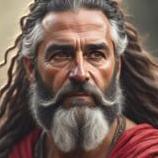



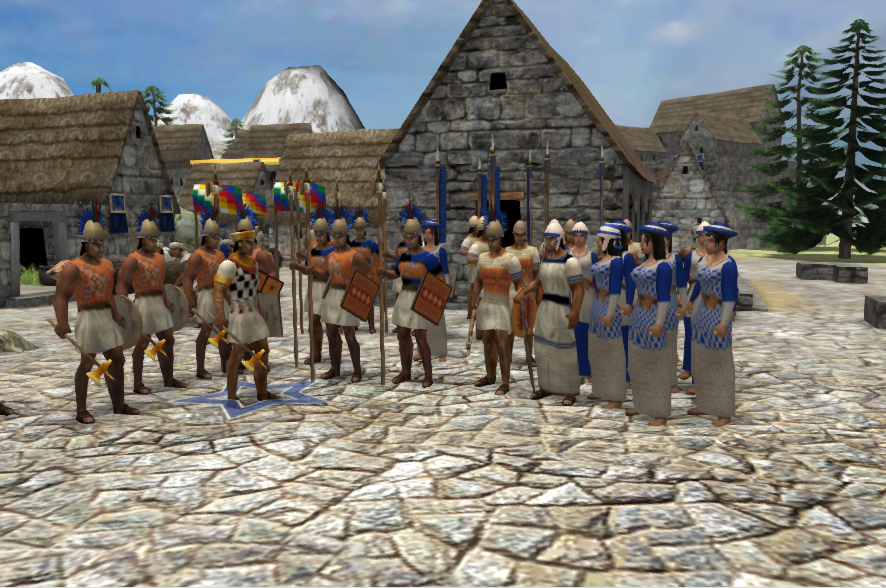
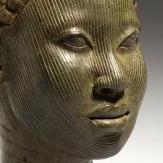
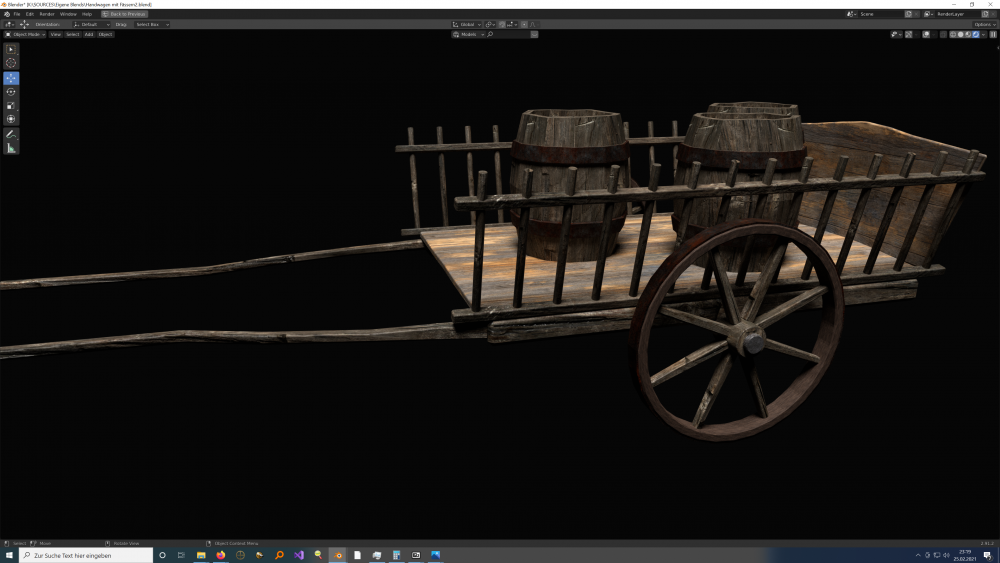
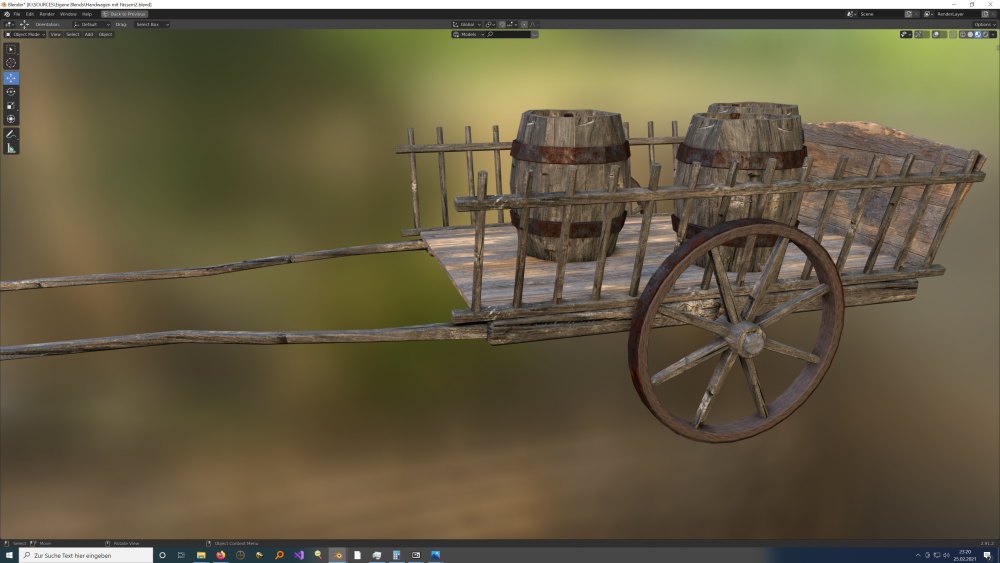
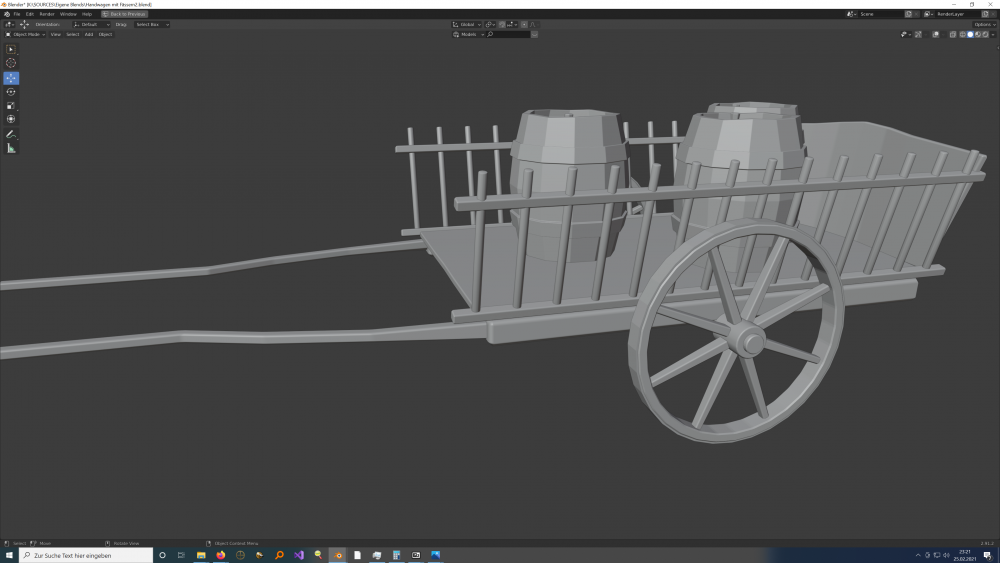
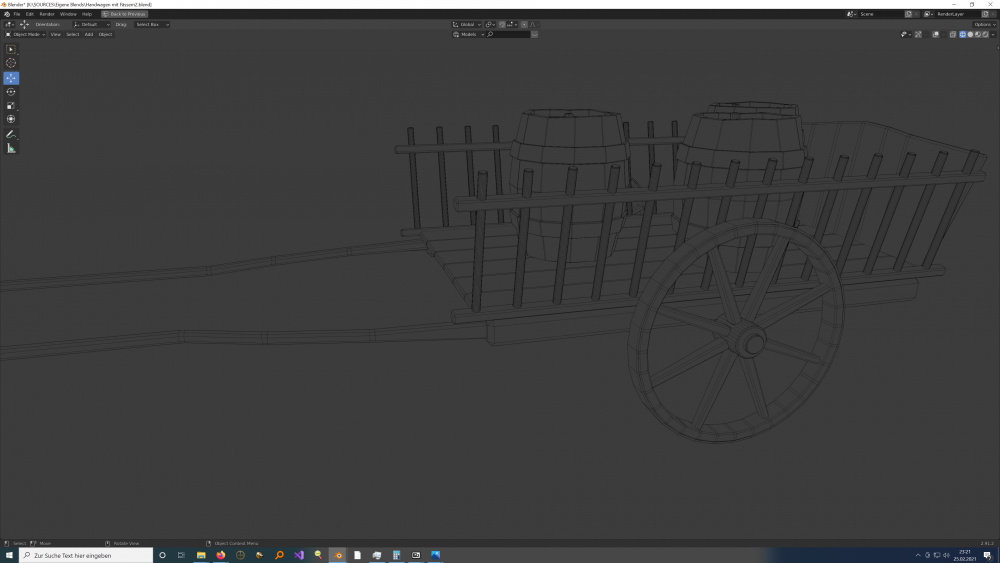
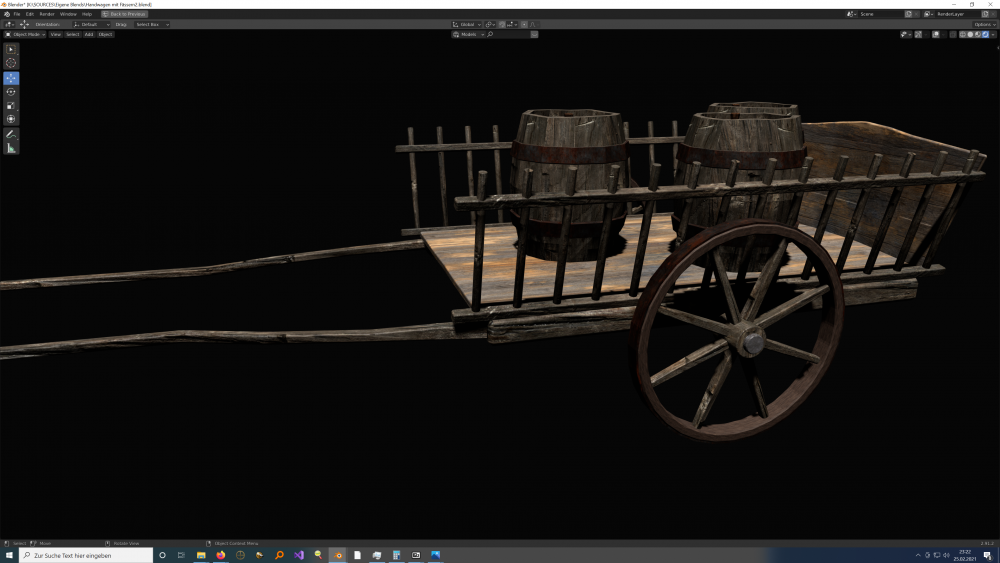
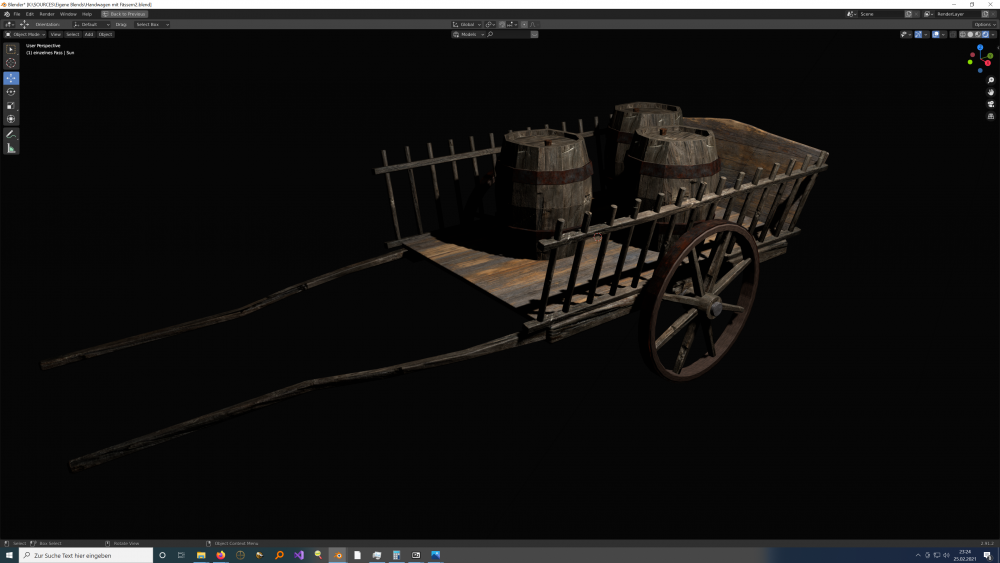
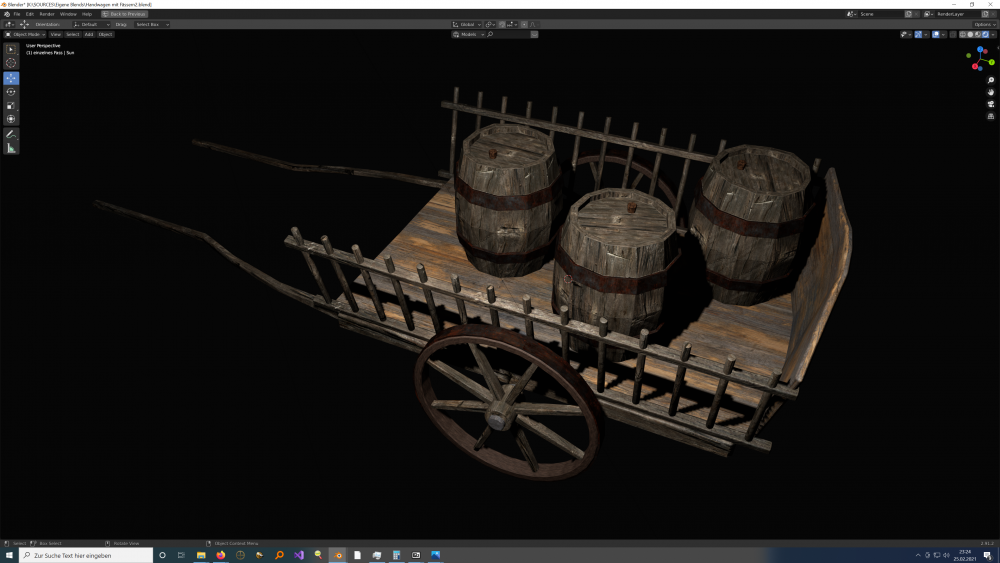
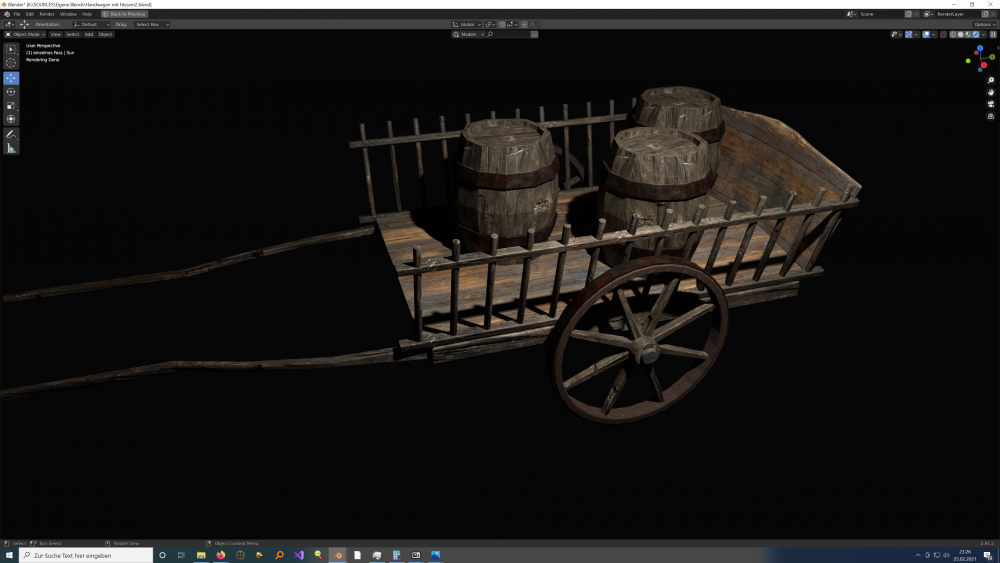

.thumb.jpg.b21ca1d0c15fb56b42c39b25a0a40815.jpg)
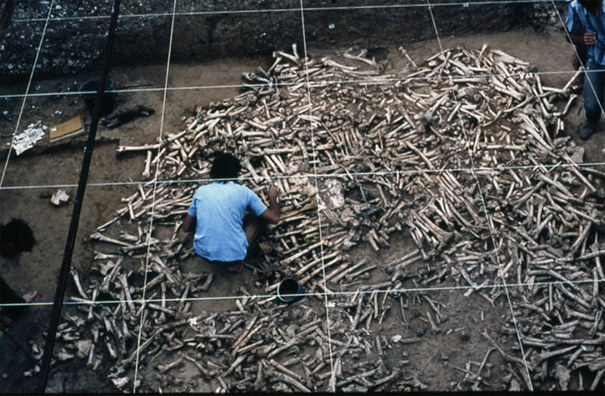
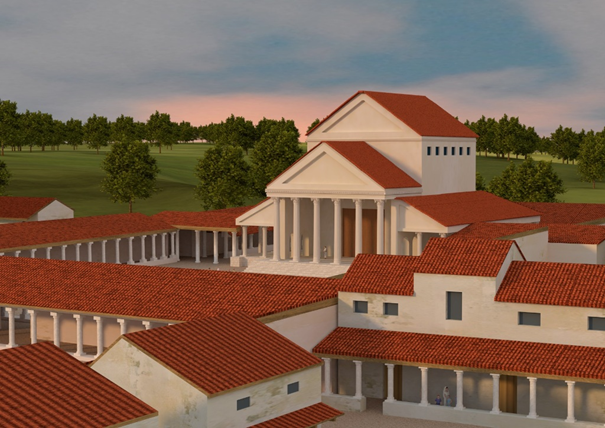
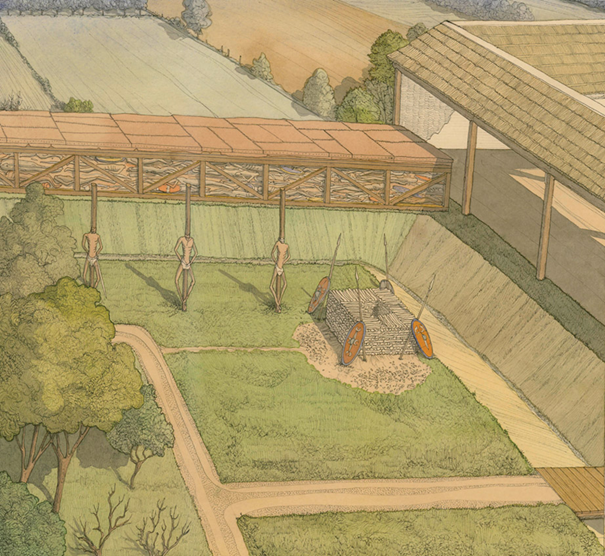
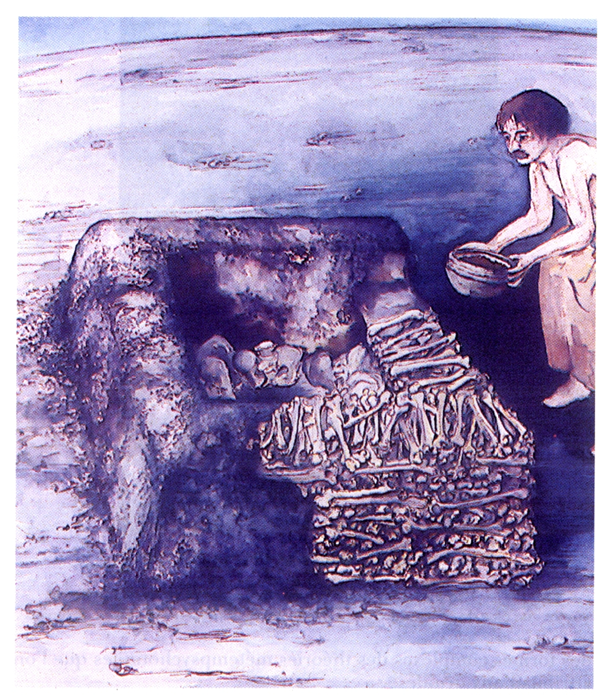
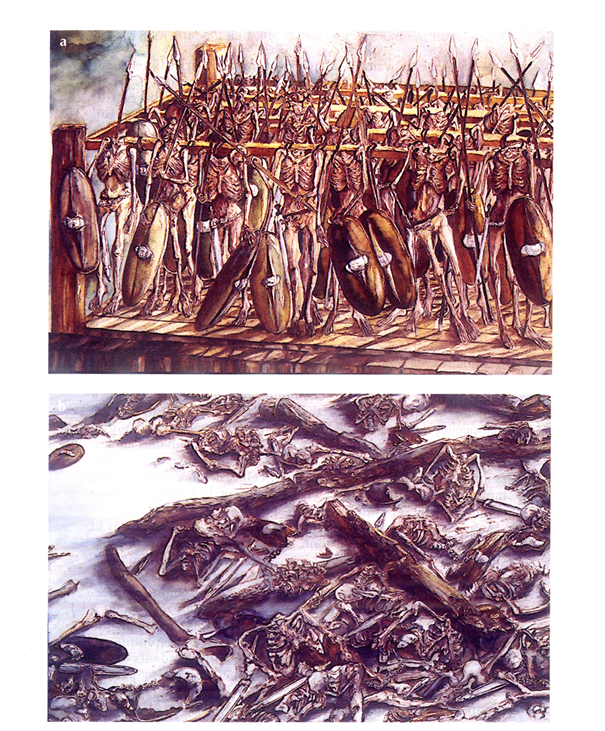
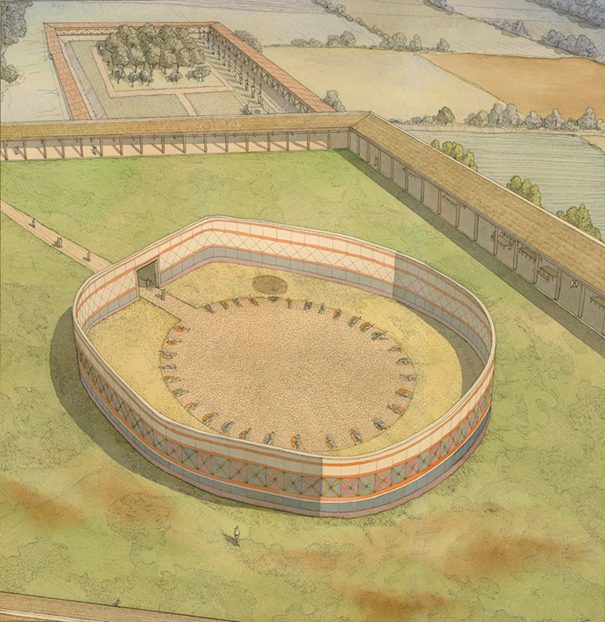
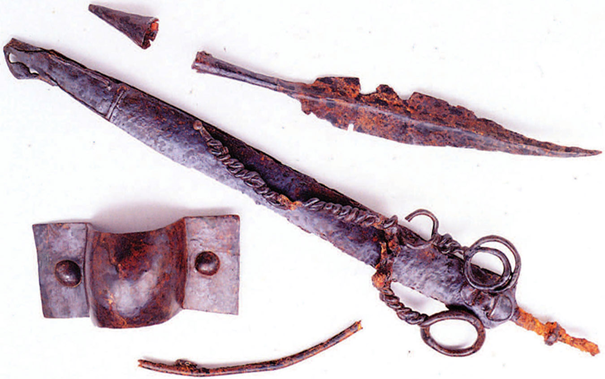
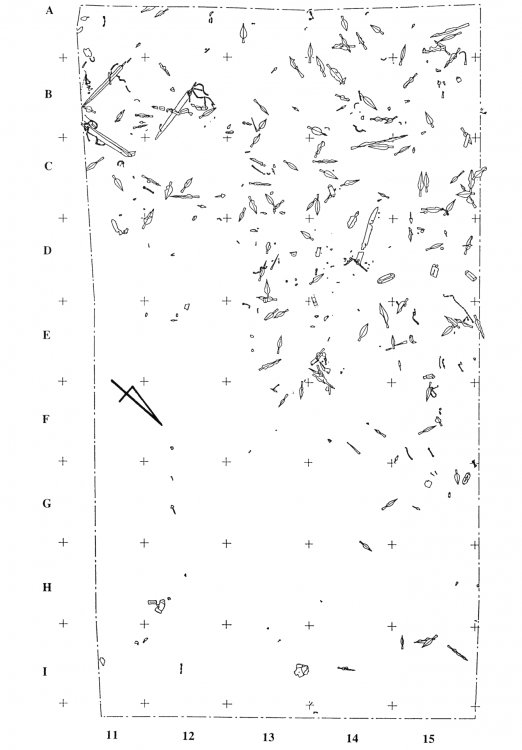
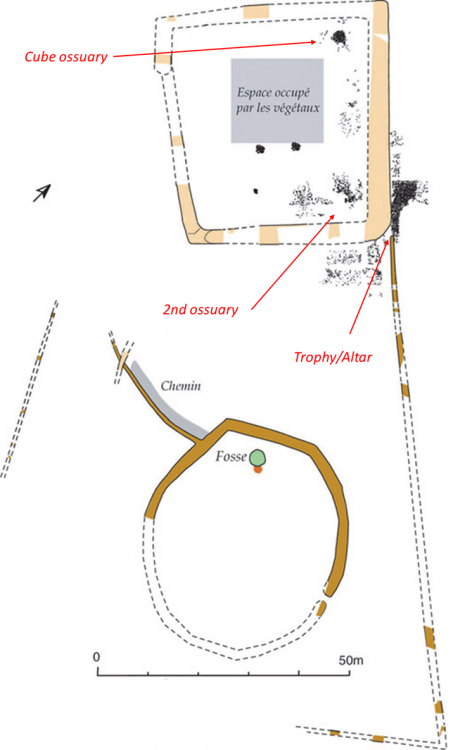


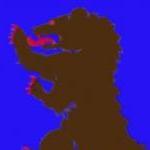
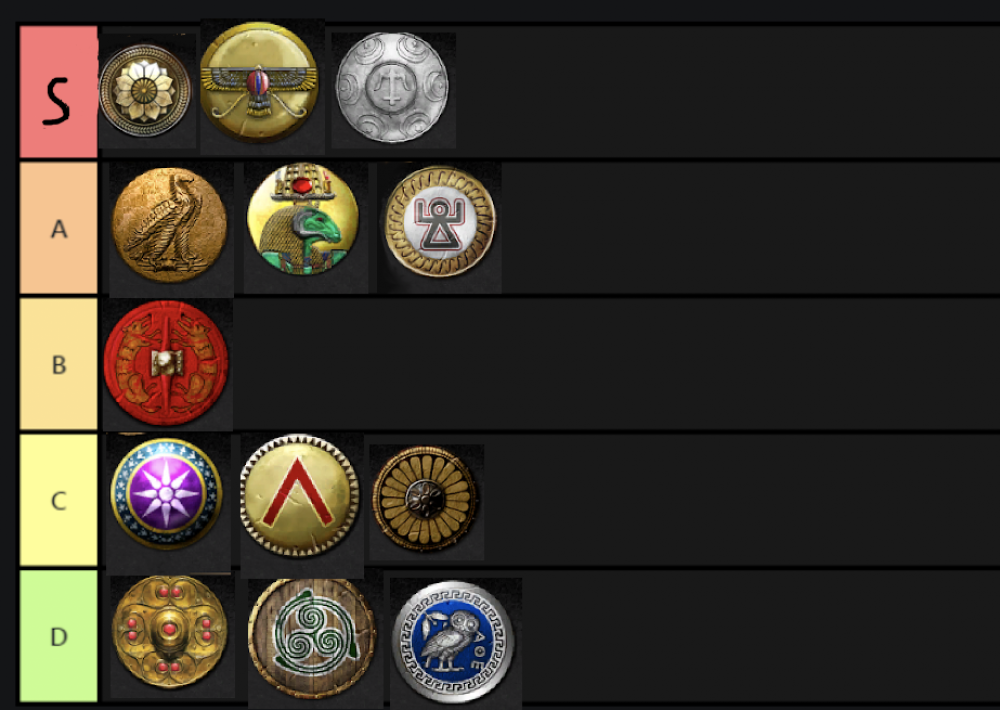

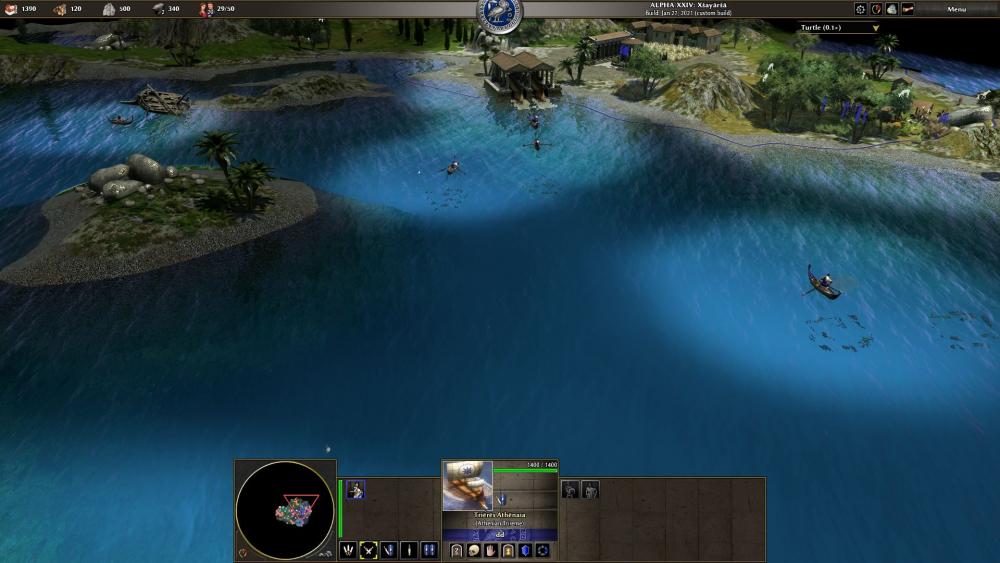
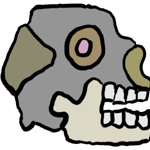

(1).thumb.gif.b5909d3df98a8ec15dc452423f219bc5.gif)
.thumb.jpg.b85f1db9873287a0d10cd2c7e88579c0.jpg)
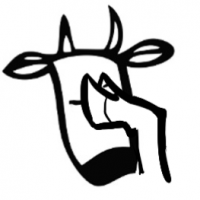

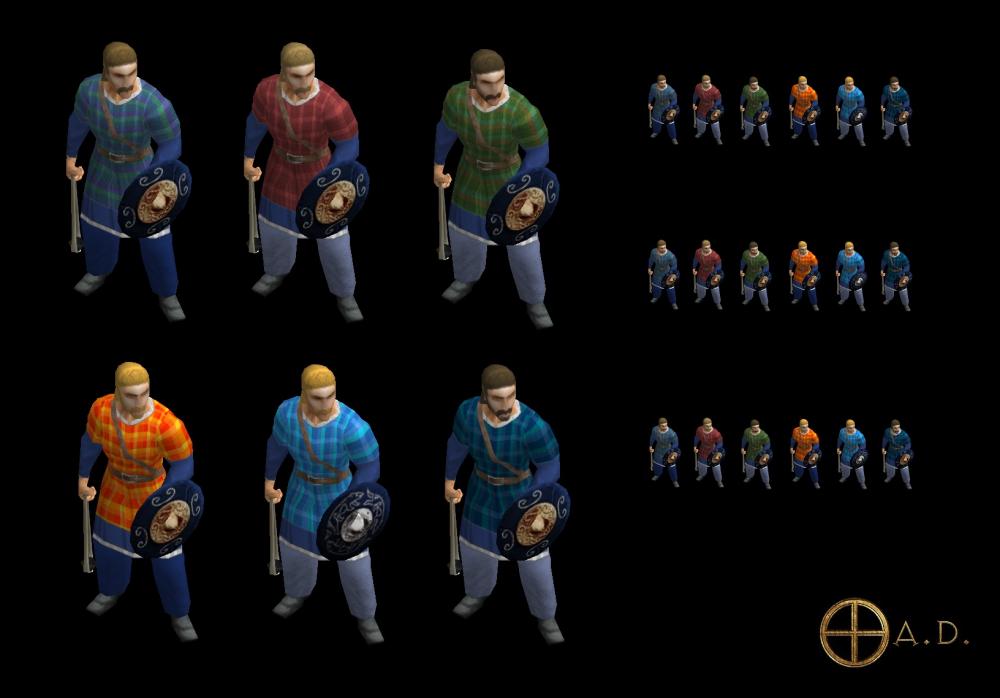

.thumb.jpg.1e312fa3c9d1d4a9e385798c4b726d01.jpg)
